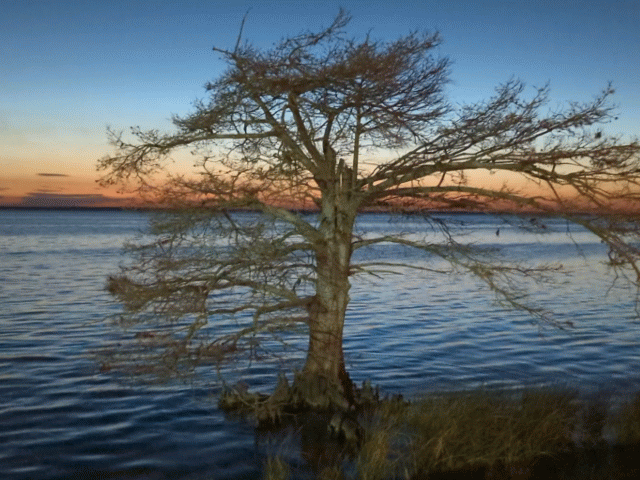Making Space for Creativity
Posting a day late this week because I've been taking a week to recharge in the Outer Banks. We avoided Hurricane Lee but due to the strong surf we didn't spend much time beachside. Instead we took the opportunity to spend time walking around the small town of Duck and by the pool.
I really should plan more quiet trips. Being in a different space helps me break out of my tendency to run on autopilot. The new location is usually enough to find a different perspective or even a solution that has been eluding me. If you don’t have at least a week-long vacation planned, that’s your homework assignment for the week.
I usually make it through a few books and, if I’m lucky, do some deep thinking. I find myself drawn to quiet mornings with a cup of coffee and a notepad. A firm agenda can easily break the morning flow hopping from one moment to the next. One morning I thought I was going to read a few chapters of a book. When I couldn’t focus on that I wound up with several pages of notes for a long term project I’m working on. It’s better to lean into the flow than it is to fight the waves. Learning how to listen to yourself is the tricky part.
A Space for Creativity
A few years ago on a similar beach week I spent a lot of time reading about creativity. I picked up “Wired to Create” By Scott Kaufman & Carolyn Gregoire and have continued to think back to one of the research studies that stood out.
They had been performing brain scans trying to find the moment just before the Aha! Moment where a person had a deep insight. In those moments before a revelation comes to the forefront of the mind, there is a brief moment where activity in the visual cortex comes to a halt. Meanwhile, parts of the brain that are responsible for connections and integrating information across the brain lights up. We experience this physically when searching for solutions by squinting or closing our eyes and blocking out other stimulation. Our brains need their own peace and tranquility before the bolts of creativity can strike us.
Exercise Creativity
Staring deeply at a problem can only get you so far and sometimes can be detrimental. One of the biggest walls I see engineers hit is spinning deeper and deeper into a challenging task. They don’t think to come up for air and it can nearly drown them. The key to unlocking the solutions, sometimes right in front of you, can be to step away and give your subconscious mind the space to make the connections that you couldn’t see by staring too closely.
There’s a misconception that adding time solves problems. I’ve found you can get to a solution much faster by embracing the ebb-and-flow of deeply immersing yourself in a problem space and then bringing yourself to a place where you can make connections and draw insights. This type of thinking is codified in design processes like the Double Diamond method but can be applied to just about anywhere problems exist. The trick is finding the opportunities to think broadly then narrowly in order to exercise those creative muscles.
Plan for Creativity
Building enough space to be creative is challenging. I have to actively work to not get too deeply involved in something to the point that I can’t see the forest through the trees. Even then I usually miss the mark a bit. Honestly having a weekly blog post to write has forced me to think through connections across topics I wouldn’t have normally made. Scheduling vacations also ensures that I hold myself accountable to creating some space.
In a working environment, it’s easy to discount the connecting time over the “productive” time. Building quiet time or interdisciplinary spaces to connect can unlock the biggest insights. Ensuring that we’re making room and planning quarterly brainstorming meetings, hackathons, team lunches, happy hours, and team building events can sometimes pull people out of a problem long enough they have the opportunity to solve it. Further reenforcing the broad connections across people, teams, and departments can help build a culture of creativity across any group.




